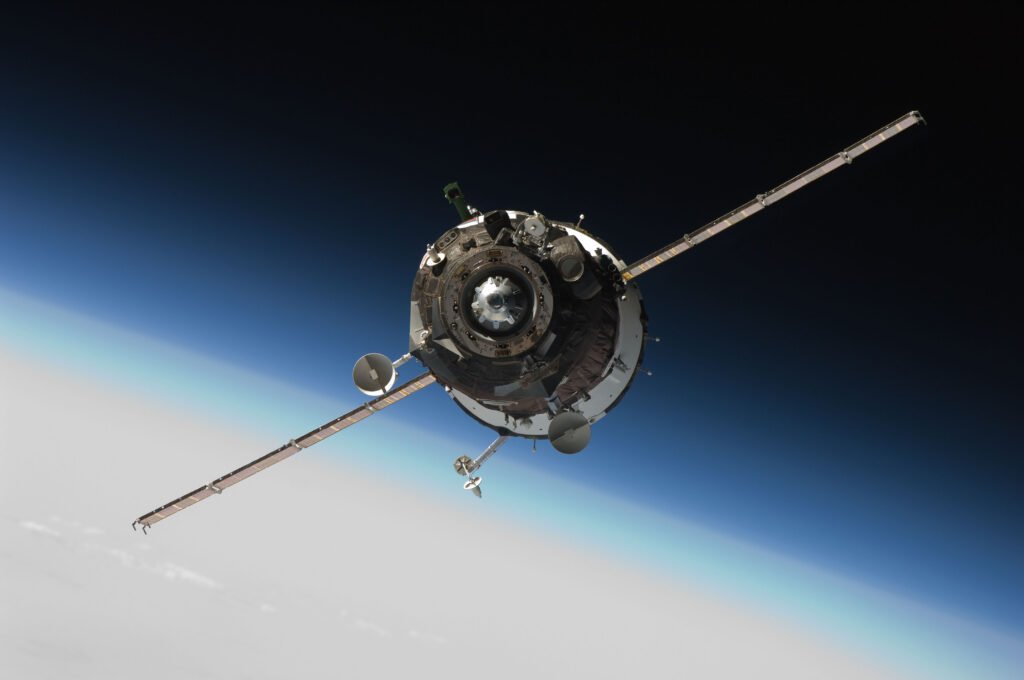Imagine gazing up at the endless night sky, where stars whisper secrets and satellites silently sweep across the heavens. Suddenly, a mysterious object—unlike any other—captures the imaginations of scientists, conspiracy theorists, and dreamers alike. Is it a relic from an ancient alien civilization, silently orbiting Earth for thousands of years? Or just another piece of forgotten space junk, tangled in the web of human storytelling? The legend of the Black Knight Satellite pulls us deep into the cosmos, blurring the lines between science, myth, and the tantalizing unknown.
The First Glimpse: Where Did the Black Knight Legend Begin?
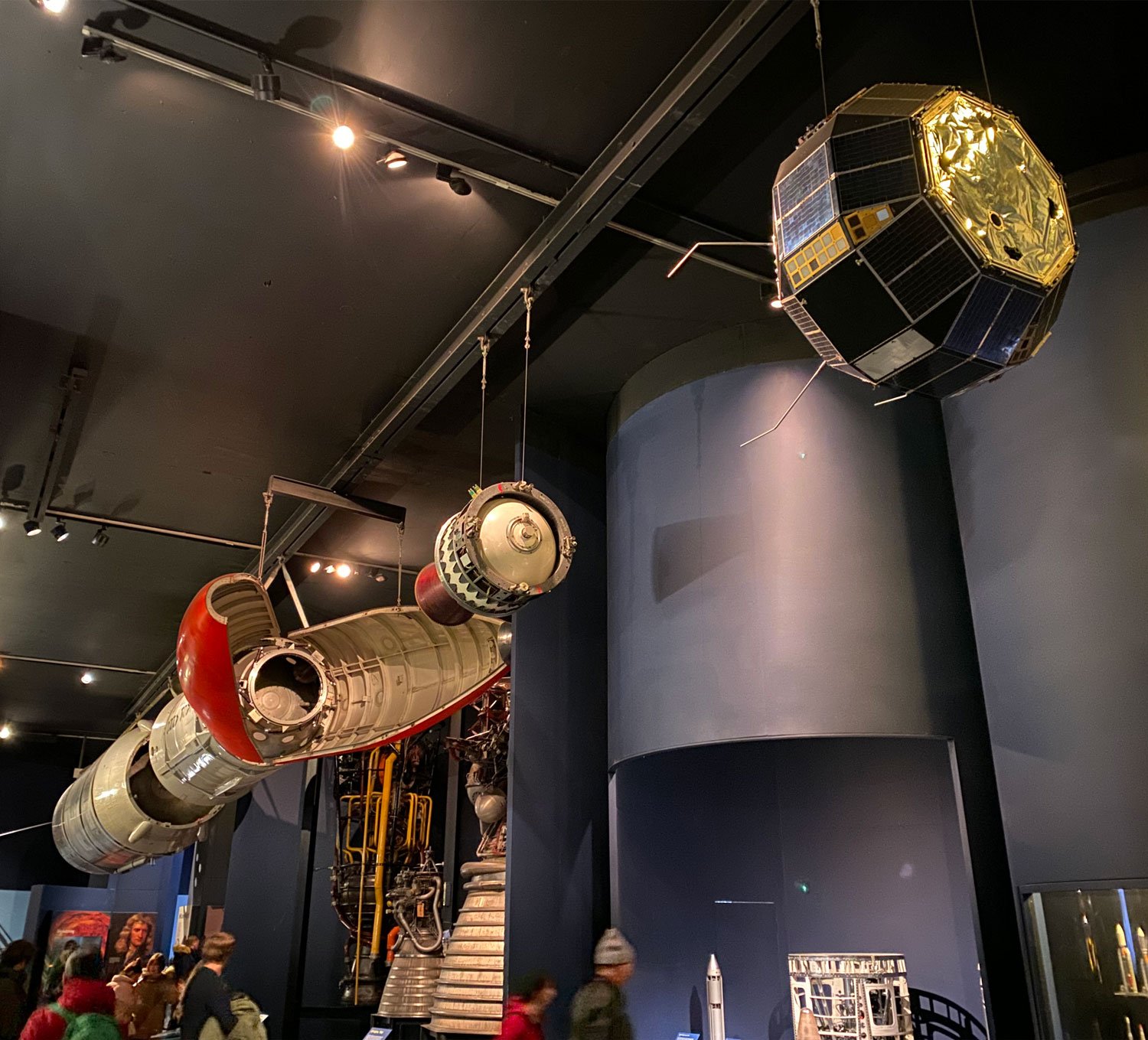
The story of the Black Knight Satellite began in the late 1950s, when newspapers and radio hosts buzzed with whispers of a strange object orbiting Earth. At the height of the space race, both the United States and the Soviet Union were fiercely tracking every blip in the sky, desperate to not fall behind. Reports surfaced of an unknown satellite, one that didn’t match the trajectories of any known human-made craft. This anomaly quickly caught the attention of the public, sparking wild theories about its origin. Some believed it was a secret military project, while others leapt straight to the idea of extraterrestrial technology. The lack of clear answers only fueled more speculation, creating a legend that still lingers today.
Science or Science Fiction? Examining the 13,000-Year Claim
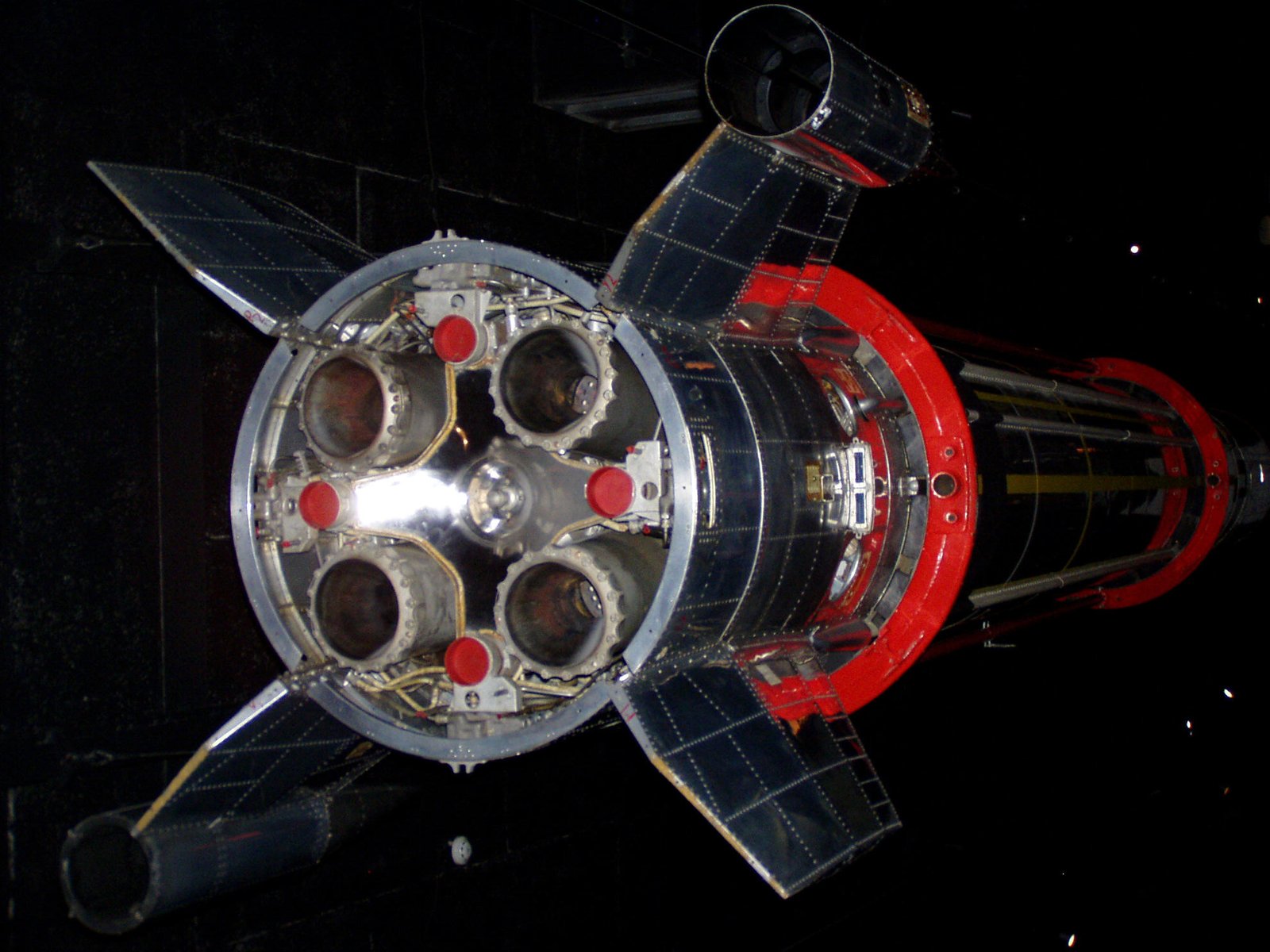
Perhaps the most shocking claim about the Black Knight Satellite is that it has been orbiting Earth for 13,000 years. This idea exploded into popular culture after a Norwegian engineer, Jørgen Hals, reported receiving odd “long-delayed radio echoes” in the 1920s. Decades later, Scottish author Duncan Lunan suggested these signals were messages from an alien probe, possibly the Black Knight itself. However, no scientific evidence backs up the theory that any artificial object has been circling our planet for millennia. Most satellites—whether launched intentionally or as a result of space debris—fall back to Earth within a few decades, making a 13,000-year orbit nearly impossible by known physics. Yet, the thought of such an ancient watcher continues to inspire wonder and debate.
Strange Signals: The Radio Echo Mystery

One of the most captivating elements fueling the Black Knight myth is the tale of mysterious radio signals. In the 1920s and 1930s, radio operators reported receiving echoes of their own signals after several seconds—something that shouldn’t happen with ordinary radio propagation. Some believed these echoes were messages bouncing off a strange object high above Earth. While modern science attributes these “long-delayed echoes” to atmospheric phenomena or signal reflections from distant objects, believers remain convinced there’s something more. The idea that these signals could be deliberate communications from a watching intelligence gives the story an eerie, almost haunting quality.
The 1960 NASA Photograph: Fuel for the Fire
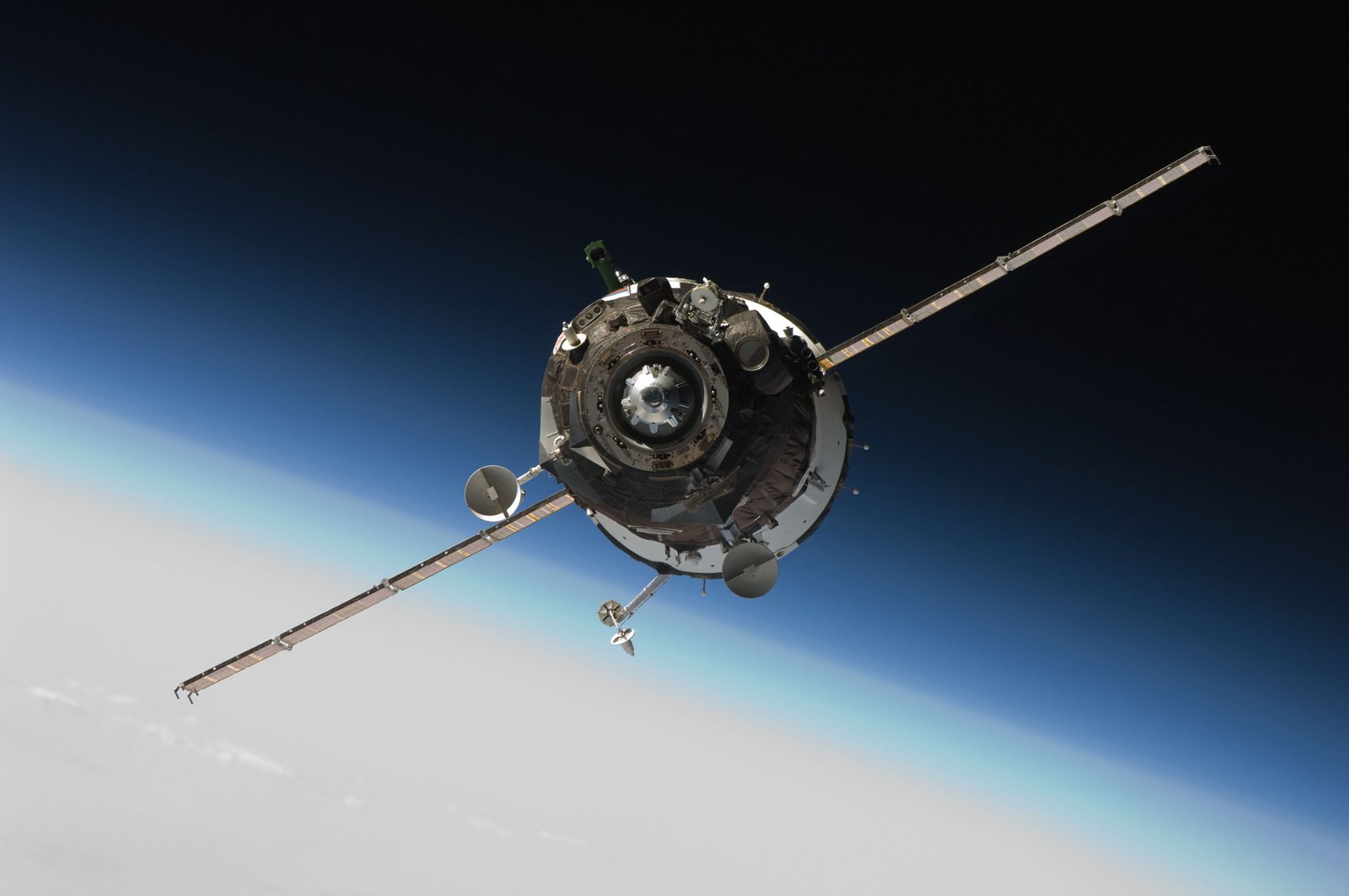
The legend truly ignited in 1960, when a photograph taken by the crew of the Discoverer 8 satellite mission showed a dark, irregular-shaped object in low Earth orbit. Media outlets ran with the story, claiming it was the elusive Black Knight. NASA later identified the object as a lost piece of a Discoverer satellite, but the public was not so easily convinced. The eerie shape and shadowy appearance of the object in the photo only deepened the sense of mystery. For many, this image became the “face” of the Black Knight, appearing in documentaries, articles, and conspiracy videos for decades to come.
Debunking the Alien Artifact Theory
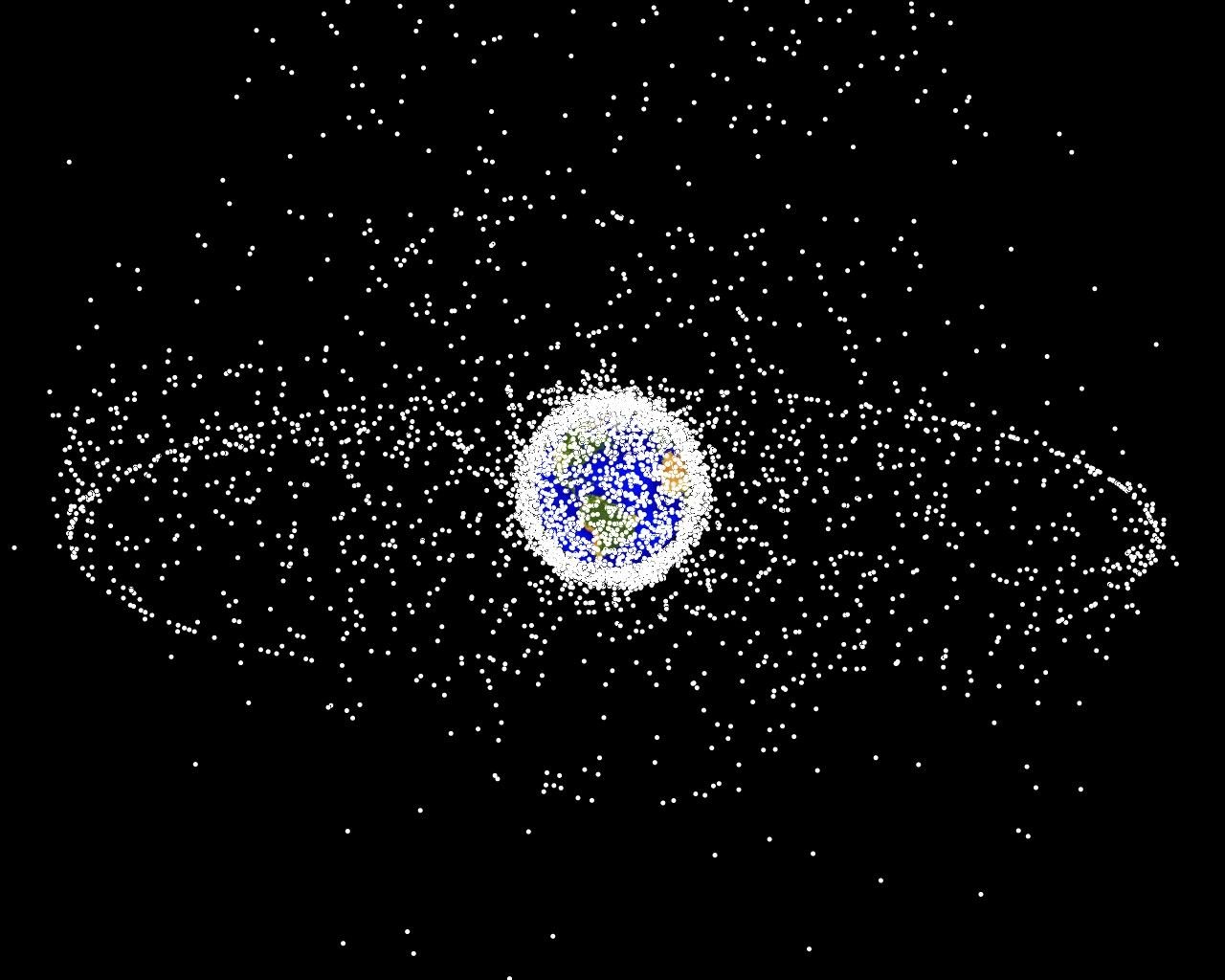
Skeptical scientists and space historians have worked tirelessly to unravel the truth behind the Black Knight legend. Most agree that the various sightings and signals attributed to the satellite are actually a patchwork of unrelated incidents: lost equipment, misidentified satellites, and natural phenomena. The infamous 1960 photograph, for example, is now widely believed to show a thermal blanket accidentally dropped during a spacewalk. Yet, for every logical explanation, there seems to be another twist—another piece of “evidence” that keeps the debate alive. The allure of an ancient alien probe is hard to resist, even in the face of rational debunking.
The Role of Human Imagination in Space Mysteries
The Black Knight Satellite legend is a testament to human curiosity and imagination. We are creatures drawn to mystery, eager to fill in the blanks when faced with the unknown. The idea of an ancient alien presence is both thrilling and comforting; it suggests we are not alone and that our planet is part of a much larger cosmic story. These stories also serve as mirrors, reflecting our hopes, fears, and the desire to find meaning in the vastness of space. Whether the Black Knight is real or not, it reveals how science fiction and real science often dance together in the public mind.
Space Junk: The Reality Behind Satellite Debris
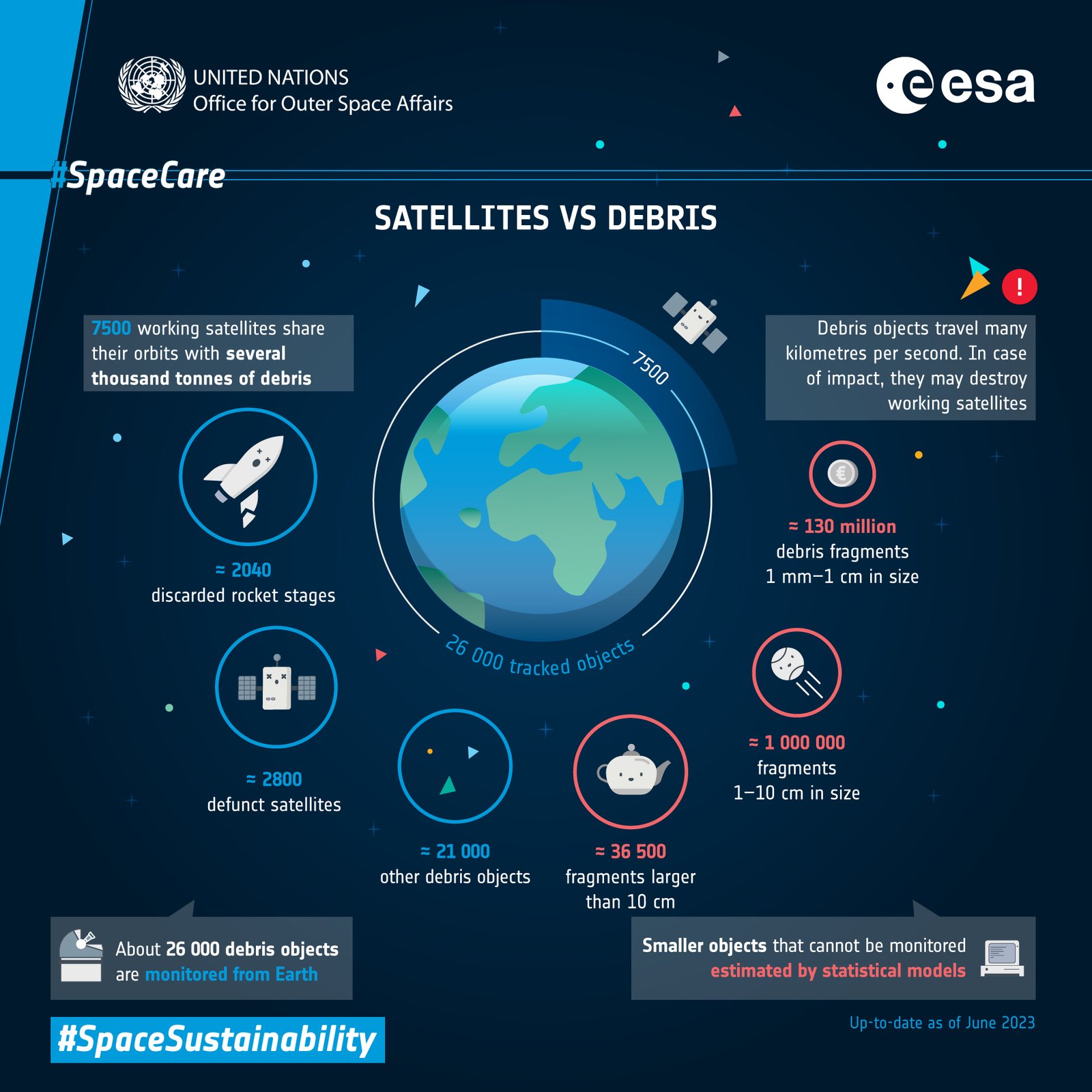
For those who favor a more down-to-earth explanation, the Black Knight is a perfect example of space junk misidentified as something extraordinary. Since the dawn of the space age, thousands of satellites, rocket parts, and fragments have been left to drift in Earth’s orbit. These pieces of debris collide, break apart, and sometimes re-enter the atmosphere in fiery displays. It’s easy for a lost thermal blanket or a tumbling piece of metal to catch the eye of a stargazer, especially when illuminated by the sun at just the right angle. The Black Knight, in this view, is a symbol of how human technology leaves a footprint—sometimes a mysterious one—in the sky above.
Pop Culture and the Black Knight Phenomenon
The Black Knight Satellite has leaped from obscure reports to become a pop culture icon. It appears in movies, TV shows, comic books, and countless online videos. The image of a dark, silent sentinel watching over Earth taps into deep-seated archetypes of guardians and watchers. For storytellers, it’s a treasure trove of inspiration—a ready-made plot device for tales of cosmic intrigue. The fact that the legend has endured for over half a century speaks to its power to captivate and inspire, regardless of the scientific facts.
What If the Black Knight Were Real?
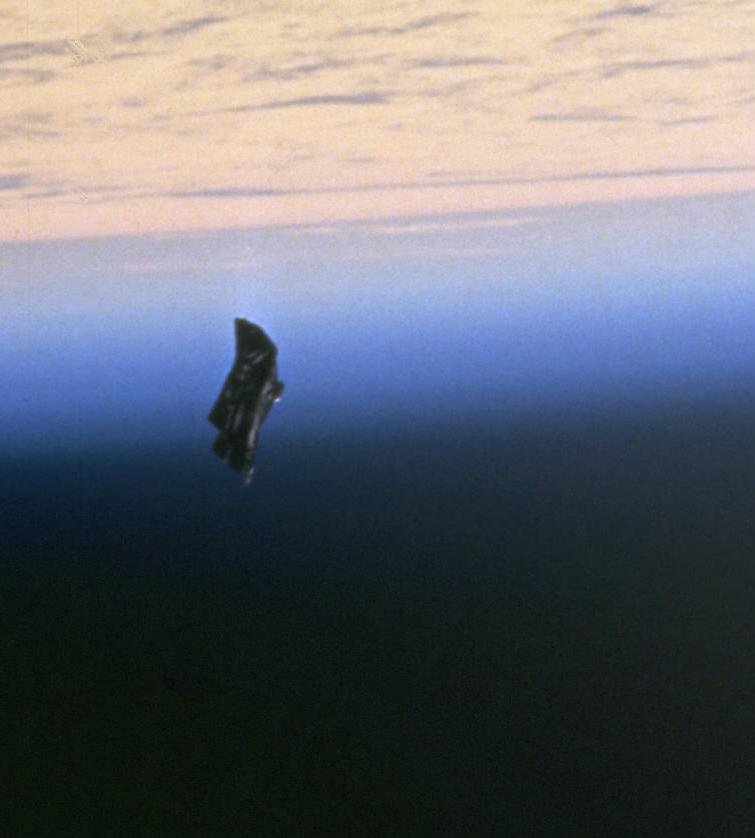
Let’s indulge the possibility for a moment—what if the Black Knight Satellite really was a 13,000-year-old alien artifact? Such a discovery would shake the foundations of science, history, and philosophy. It would force us to rethink our place in the universe and our understanding of intelligent life beyond Earth. The search for meaning in such an object would likely unite people from all walks of life, sparking a new era of exploration and wonder. Even imagining this scenario is enough to send chills down the spine and ignite the dreamer within us all.
The Human Need for Cosmic Connection

At its heart, the fascination with the Black Knight Satellite speaks to a deep human longing—to connect with something greater than ourselves. Whether it’s the desire for proof that we are not alone, or the thrill of uncovering a hidden chapter in Earth’s story, the legend fulfills a powerful emotional need. It draws in both skeptics and believers, scientists and storytellers, uniting them in a shared curiosity about what lies beyond the familiar. In a universe so vast and mysterious, perhaps it’s only natural to hope for signs that someone—or something—out there is watching.
The Enduring Mystery: Why the Black Knight Captivates Us
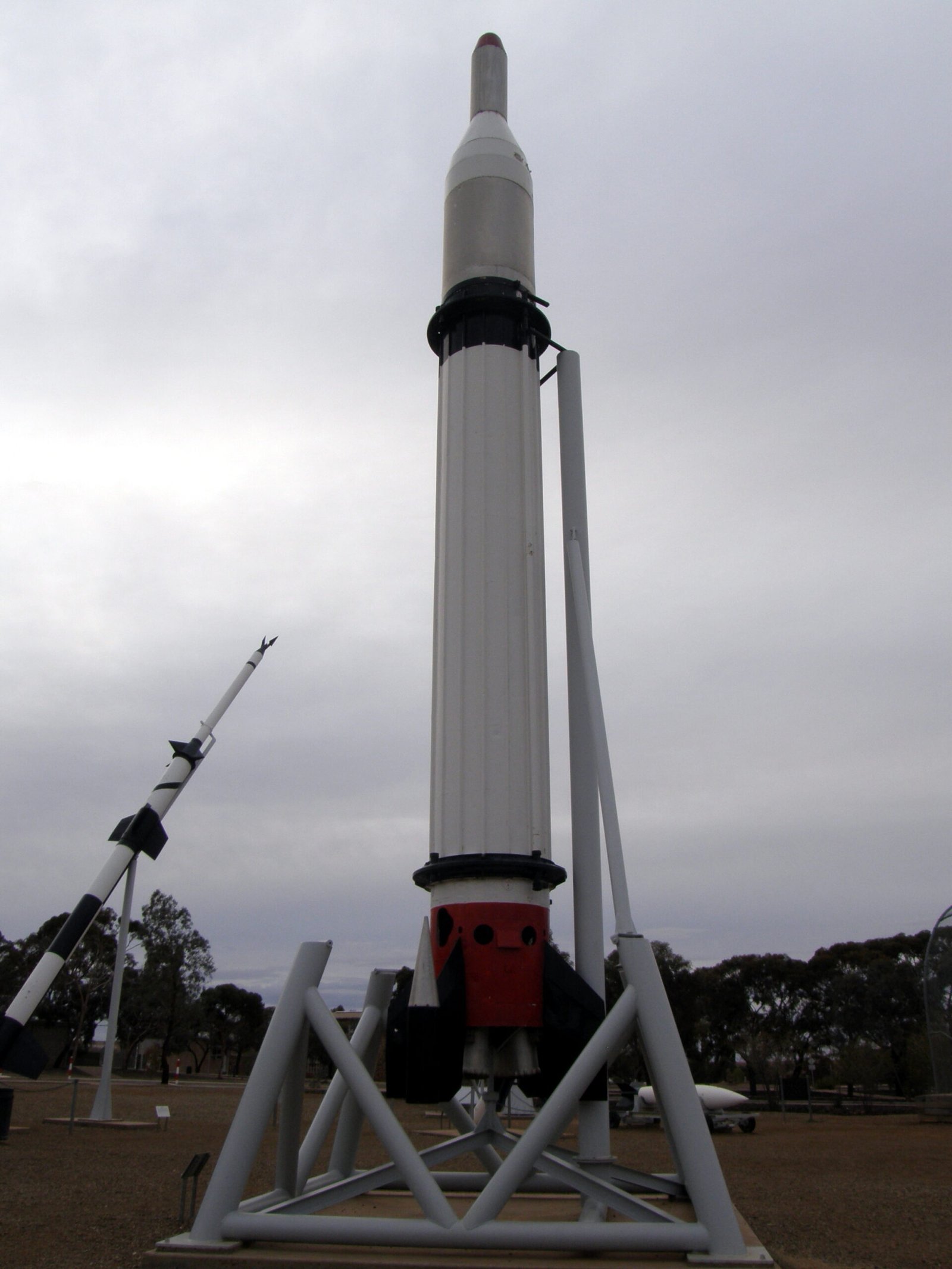
The Black Knight Satellite is a story without a clear ending—a riddle that refuses to be solved. Its power lies not in what it is, but in what it represents: the eternal human quest for answers, the thrill of mystery, and the hope that the universe holds surprises we have yet to imagine. Every time a new rumor or photograph surfaces, the legend grows, fueled by our collective desire to explore, to question, and to dream. Will we ever know the truth behind the Black Knight? Or is its greatest gift the sense of wonder it sparks in all who look up at the stars?

